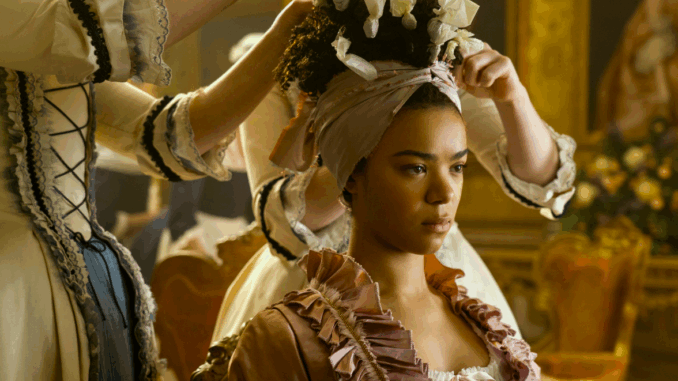
She Wasn’t Just a Side Character—She Was the Blueprint
When Bridgerton introduced Queen Charlotte, she was an anomaly: a Black royal in a reimagined version of Georgian England, ruling over scandal and propriety with powdered wigs and sharp eyes.
At first, she seemed like set dressing—a narrative tool for exposition and drama.
But over time, and especially with the spinoff Queen Charlotte: A Bridgerton Story, she became something more.
She became the heart of the empire.
The Power of Presence
Gold-streaked gowns. Imposing wigs. Cutting observations. Queen Charlotte commands every scene—not just with power, but with pain.
The prequel series revealed her vulnerabilities, her loneliness, and her unlikely, tragic love story with King George III.
It reframed her. Not as a tyrant or comic relief, but as a woman navigating systems larger than herself—race, monarchy, motherhood, madness.
And she does it without ever apologizing for being extra.
/https://tf-cmsv2-smithsonianmag-media.s3.amazonaws.com/filer_public/c1/93/c1934db6-bb68-42f1-9d50-0d3d52cb38b4/charlotte.jpg)
A Legacy of Representation
Casting a Black actress as Queen Charlotte wasn’t a historical correction—it was a cultural signal.
It allowed Bridgerton to explore race within fantasy. Not in the context of slavery or violence, but in the context of power, elegance, and lineage.
She wasn’t an exception. She was the rule.
And that changes everything.
Final Thoughts: From Gossip to Gravitas
Queen Charlotte, Penelope Featherington, and Bridgerton’s entire musical landscape each represent the same idea:
This world may be imagined—but it’s rooted in truth.
Desire, agency, heartbreak, visibility—they aren’t modern inventions. They’ve just never been written this loudly in ballrooms before.
And now that they have, there’s no going back.
